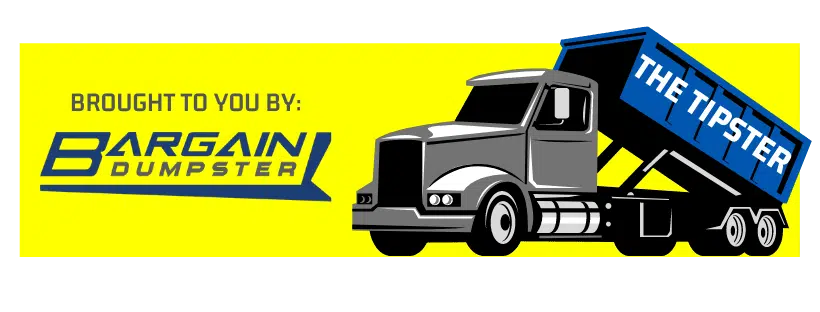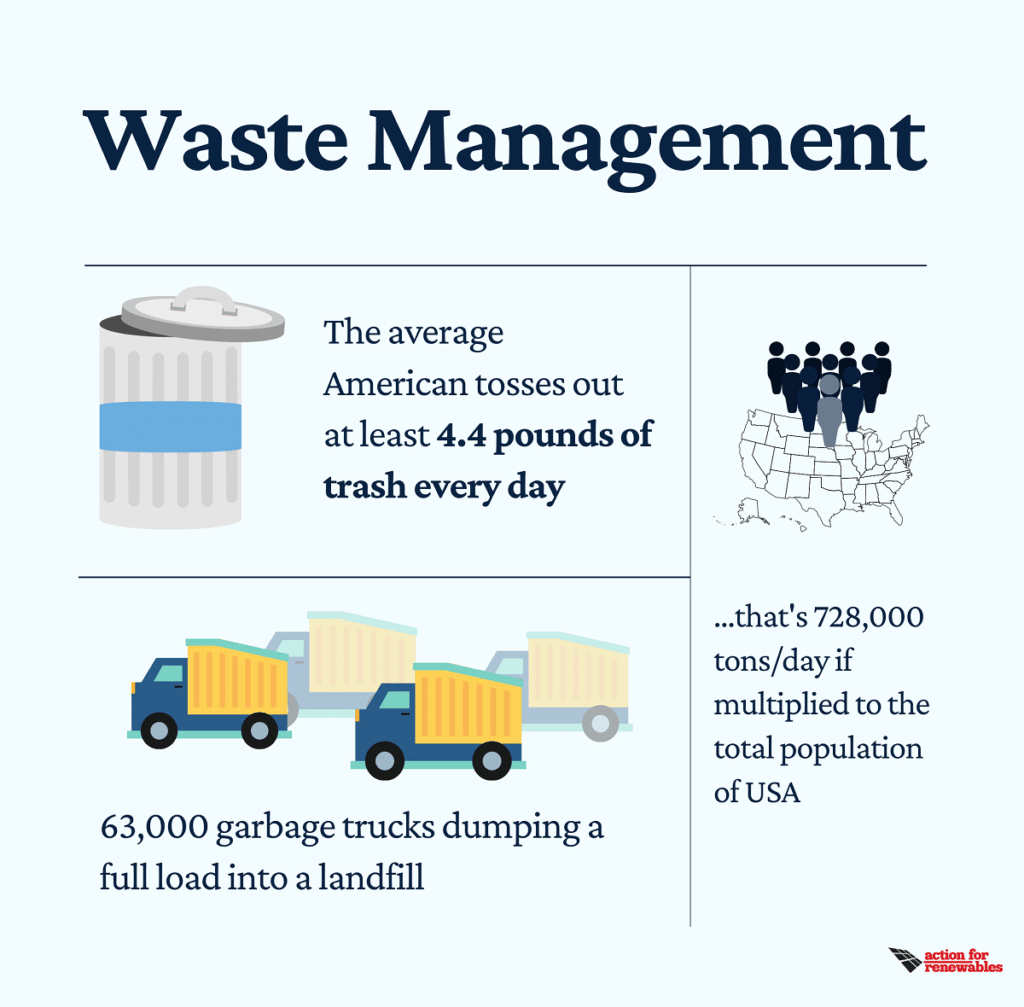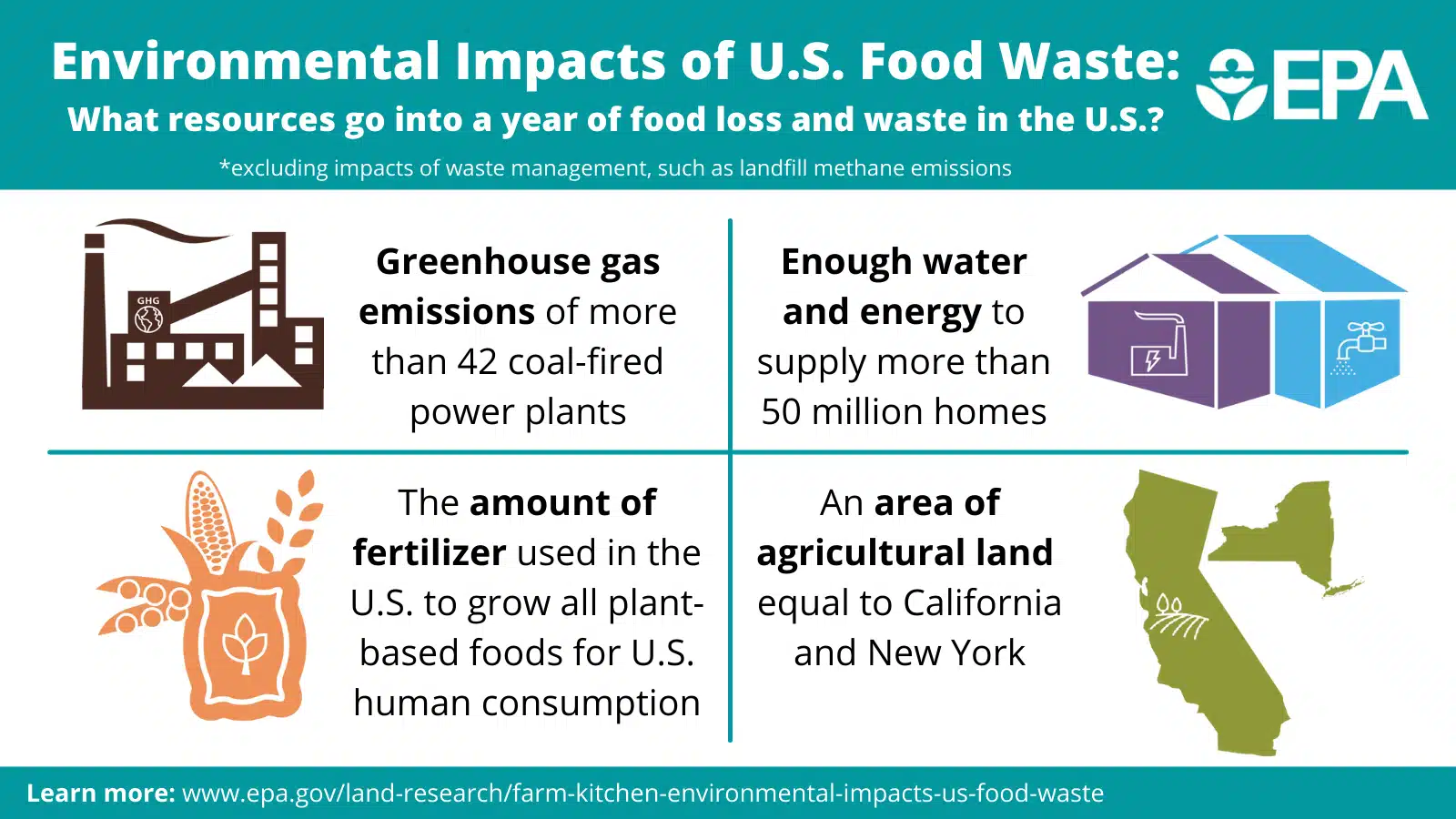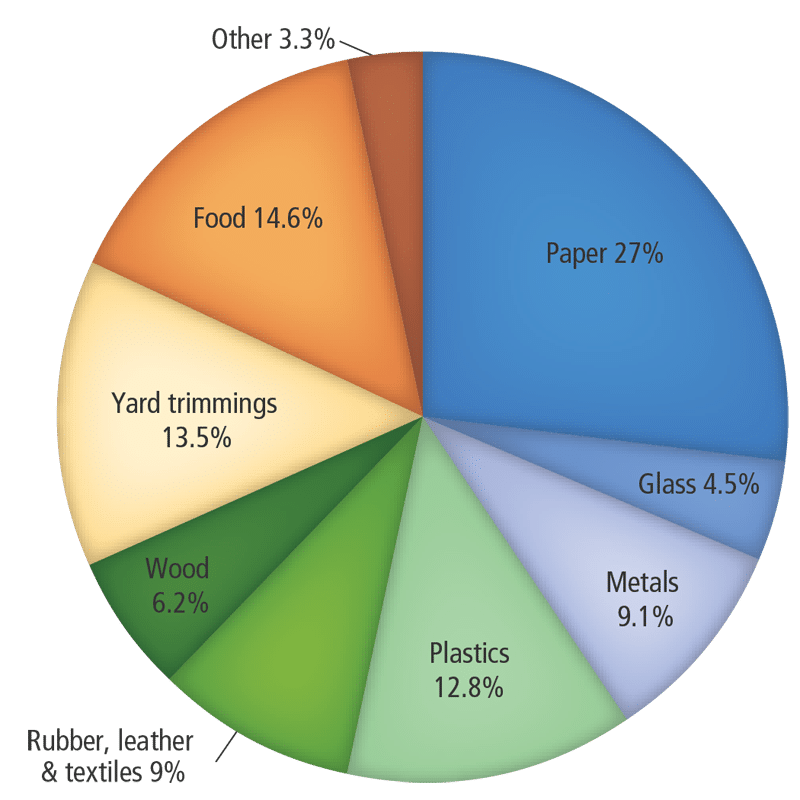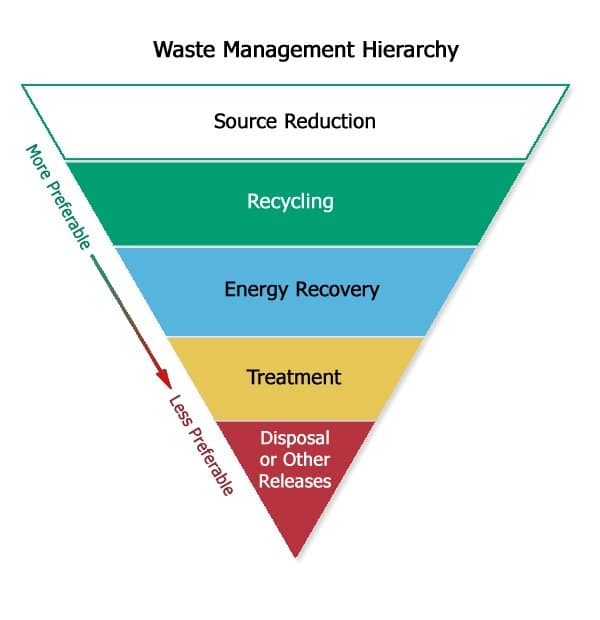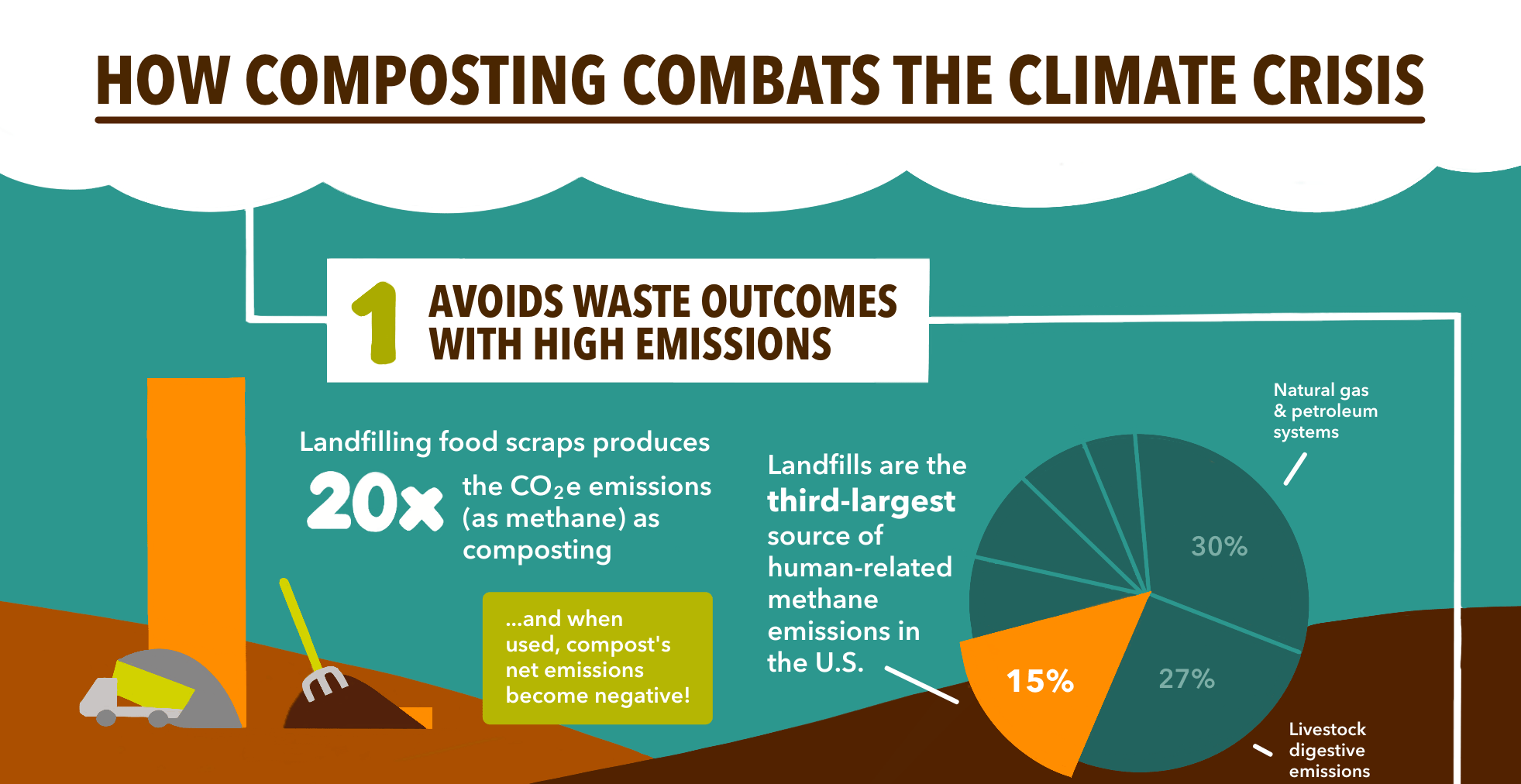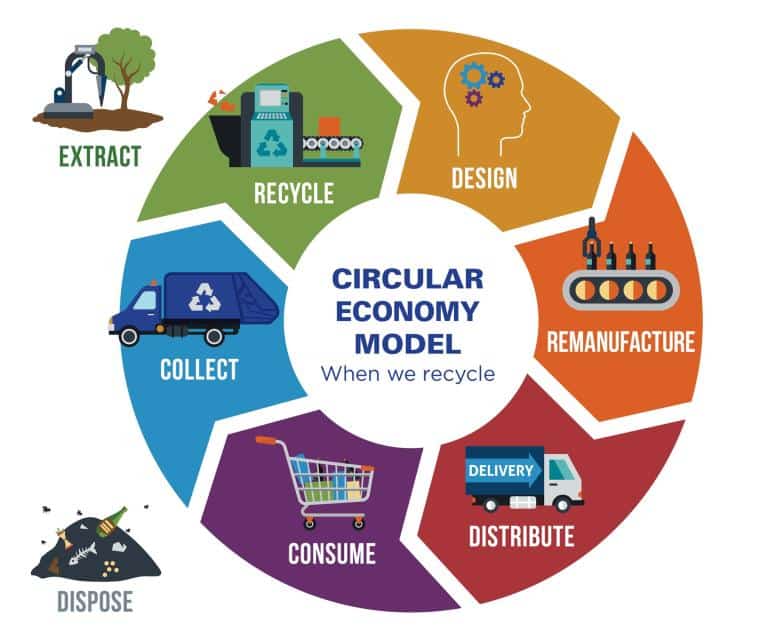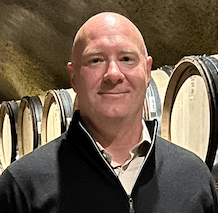Waste Management in the USA: Trends and Challenges Ahead
Key Highlights
- The United States makes more than 292 million tons of municipal solid waste every year. This amount shows how important waste management is for the planet’s sustainability.
- Recycling and composting have grown in the united states, but food waste and hazardous waste are still a big problem.
- The Environmental Protection Agency (EPA) has a key part in setting federal regulations for waste disposal and leading ways to manage solid waste in a better, sustainable way.
- Landfilling is used for about half of all msw disposal in the united states. But, new ideas in energy recovery are starting to get more popular.
- Things like smart waste solutions and a move toward a circular economy are helping to meet zero-waste goals and improve how we deal with municipal solid waste.
Introduction
Waste management in the United States is a big field. It keeps changing with new technology, federal regulations, and what people want for the environment. The Environmental Protection Agency, known as the EPA, is the top group that leads all of this. The EPA gives advice and also checks how waste is managed all over the country. This covers solid waste, municipal solid waste, hazardous materials, and electronic waste.
There are new problems that the United States needs to deal with. Some of these are climate change and a rise in marine pollution. Because of that, the EPA and some other groups say we have to get better at recycling and managing food waste. A big part of this is composting and doing more at landfills too. These new ways with solid waste will help the United States cut down dangers from trash and waste. This can also help make waste management much better and more sustainable for the country.
Overview of Waste Management in the USA
The waste management system in the United States is very big and often hard to understand. Every year, people in the country throw away millions of tons of municipal solid waste, or MSW. This adds up to a huge amount of solid waste from homes, groups, and businesses, and makes waste disposal a tough job. Local governments in the United States have a key role in how people take care of solid waste. They run recycling programs, look after landfill areas, and also create new ways for waste management and disposal.
Even though there is now more work on recycling and composting, there are still many big problems that need to be fixed in waste management. Things like hazardous waste and safe disposal of electronic items make the job hard. These problems hold waste management back in the United States and make it tough for people in the united states to handle waste well.
Federal regulations from the EPA tell people how to handle solid waste, like MSW, in the United States. But every part of the country has its own way for waste management. State and local governments take these rules and change them to fit what they want and need. The way they do this depends on how much money they have and what their waste management system is like. Because of this, the solid waste system in the United States is not the same everywhere. It is split up and not united. This makes it hard for the country to meet waste reduction goals. Groups and agencies who want better waste management in the United States say that it is harder for everyone to reach national targets when each place does things differently.
Key Statistics and National Trends
Recent numbers show that waste management is now a bigger problem in the United States. In 2018, Americans made about 292.4 million tons of municipal solid waste, which was more than the 268.7 million tons from the year before. On average, each person in the United States creates about 4.9 pounds of solid waste every day. Almost half of this MSW goes into landfills. About 12% is used for energy recovery by combustion.
|
Waste Management Method |
Amount Handled (in tons) |
Percentage |
|---|---|---|
|
Landfilled |
146.1 million |
50% |
|
Recycling |
69 million |
32.1% |
|
Composting |
25 million |
8.5% |
|
Combustion with Energy Recovery |
34.6 million |
12% |
Paper products make up 23% of all waste made, while food waste is close behind at 21.6%. Food waste is a big problem for waste disposal. A lot of it goes to landfills, and this can make methane gas.
Regulatory Landscape and Federal Oversight
The Environmental Protection Agency (EPA) is the main group that sets waste management standards in the country. The EPA makes federal regulations that guide and shape what people do to handle waste. This includes recycling, hazardous waste, sustainable materials management, and throwing things away the right way. The EPA helps us know what we need to do for better waste management.
State governments and local authorities often follow epa guidelines. They sometimes change the rules a little to fit what they need. For example, in Vermont, you cannot put compostable materials in landfills. This shows that states can add their own ideas while still doing what the epa asks.
Hazardous materials are a big problem, and bad disposal choices can harm the environment. The EPA pays a lot of attention to these topics. The agency checks what is happening and uses strong rules for cleaning up, especially for mercury and other risky substances. If you go to official gov sites, you will find these policies there. The rules help local governments make sure people are throwing away waste the right way. Industries also feel pushed to use better and more green methods.
Types of Waste Generated in the United States
America has a very big economy, and it makes a lot of waste. The waste stream in the US has different things in it. There is solid waste, municipal solid waste, hazardous waste, and even electronic waste. Out of all these, the biggest part is municipal solid waste, also called MSW. This type of solid waste mostly has paperboard, food, and yard trimmings in it. These things are what make up most of the solid waste that comes from America.
Hazardous waste comes mainly from factories and other businesses. Electronic waste, or e-waste, includes the old electronics that people throw away. Both hazardous waste and e-waste can be a big problem. They can be dangerous to the environment when people do not take care of them the right way.
Local governments handle most of the municipal solid waste. Special centers take care of toxic and electronic waste, so these do not lead to more harm in the environment. If people in America want to move forward with sustainability, the country needs better plans and clear rules for these issues. New and better places to manage solid waste are also important. This will help control the waste stream and keep the environment safe for all of us.
Municipal Solid Waste (MSW) Composition
The mix of municipal solid waste (MSW) in the United States shows that many things get thrown away together. A big part of solid waste is organic waste, such as food scraps and yard trimmings. Plastics, paperboard, and textiles also make up a large part of the waste stream. Recent numbers say that durable goods and packaging still lead to trouble for waste management in the United States. Knowing what is in MSW helps local governments and waste management companies plan for recycling, composting, and moving toward a circular economy.
Industrial, Hazardous, and Electronic Waste
Industrial work in the U.S. makes hazardous waste. The waste has toxic stuff like mercury, lead, and cadmium in it. If people do not follow the right disposal steps, water can get dirty fast. This can be bad for public health. The EPA on its gov website says people must use special remediation to get these risks down.
Electronic waste, or e-waste, is also a problem. It is less than 1% of MSW right now, but the amount is going up quickly. Things like televisions, computers, and mobile devices make e-waste. Recycling e-waste can stop a lot of pollution. It can also help get good materials back to use.
Now, there are steps to make these waste streams better for the environment. People are working on new ways to handle waste. Using bio-based methods helps make disposal of hazardous waste and hazardous materials safer. At the same time, some places have new rules about how to deal with waste from industry. People and companies are finding out more about these rules. Many now use better ways to handle hazardous waste and e-waste. This helps people be more eco-friendly.
Current Waste Disposal Methods
The United States has several ways for waste disposal. A few common ways to get rid of solid waste include using traditional landfills, transfer stations, incineration, and energy recovery. Most of the solid waste made in the United States goes to municipal solid waste landfills. These places take care of about 50% of all municipal solid waste, also known as MSW. Around 12% of this waste gets handled by combustion with energy recovery. This method helps lower the waste and also makes energy during the process.
There are new ideas coming up, like using methane recovery to help take care of solid waste. People also use digital tools to track waste. These new ways make disposal easier and better. These things are important. They help us handle the rising problem of solid waste. They also cut down on how much this waste hurts the environment.
Landfilling Practices and Innovations
Landfills play a big role in waste management in America. Each year, they take care of over 146 million tons of msw, also called municipal solid waste. Food waste is about 24% of what goes to these landfill sites. This means food is the largest part of the solid waste you find there. Plastics come next and make up 18%. These plastics are not like food waste because they do not break down for a very long time. In fact, it can take hundreds of years for them to go away.
Most new landfill sites now use systems that capture methane. This is important because it helps cut down on greenhouse gas emissions. Landfill sites give off about 16.2% of the greenhouse gas in the country. Remediation teams to work to stop dirty water, which is called leachate, from getting into water near the landfill sites. The epa has rules to make sure these things do not happen.
People want to find better ways to deal with landfilling that do not hurt the world so much. One new thing people do is called landfill gas-to-energy projects. This helps to turn the waste from a landfill into energy. It also makes less pollution in the air. These new ways show us that we can change how we deal with landfill waste. This can help the environment and be good for people too.
Incineration and Energy Recovery
Incineration with energy recovery is still a good way to manage waste disposal. Every year, about 34.6 million tons of msw are burned. This process turns the waste into useful energy. Food waste, rubber, and plastics are some of the main things that get burned during disposal.
This way of energy recovery helps lower the waste sent to landfill by a lot. But, there are still some worries about greenhouse gas emissions. The EPA says that taking new steps in sustainable materials management is very important. These steps help to bring down the pollution from burning waste and keep greenhouse gas numbers lower.
Many places in the U.S. now use better combustion technology. This helps bring down harm to the environment. At the same time, it makes more energy. The result shows that waste management is good for both sustainability and better infrastructure.
Advances in Recycling and Composting
Recycling and composting are now bigger parts of people’s lives. They both help to cut down on how much waste ends up in landfills. Many people focus on recycling paper, food waste, and metals. There is also more attention on recycling packaging waste and clearing up municipal organics. A lot of communities use ideas of sustainability. They start to do more composting too. This way, food waste gets changed into compost, which is good for the soil.
Policymakers and people in the industry join together to make recycling programs better. They work on ways to help these programs run smoother and lower their effect on the environment. These updates matter for the future of waste management and recycling.
Recent Progress in Recycling Rates
Recyclable things were a large part of MSW in 2018. This tells us there is some progress with cutting down waste. The numbers below show how recycling rates changed through the year for many products.
- Paper and Paperboard had a recycling rate of 68%. That means people recycled 46 million tons each year.
- Metals like steel and aluminium were recycled at a rate of 13%. This helps keep some valuable stuff out of the trash.
- Plastic recycling stayed at 9%. The number did not go up. This shows that there is a need for better places to take recycling and for people to know more about what they can recycle.
- Consumer electronics recycling did a bit better. Almost 1 million tons were recycled in 2018.
But even with these good things, the total recycling rate went down a little. In 2015, the rate was 34.7%. By 2018, it fell to 32.1%. This drop happened because the amount of MSW kept growing. People who work with recycling want to fix this. They plan to set up more programs and use stricter rules for everyone.
Food Waste Reduction and Composting Initiatives
Food waste is still a big problem in the U.S. In 2018, it was 21.6% of all MSW. There is now more composting. This is a good way to keep food waste and other parts of the waste stream out of the landfill. Some of the main ways people are working on this include:
- Work with animal feed operations so food waste can be used in a better way.
- Give people reasons to try composting at home, so less food waste ends up at the landfill.
- Team up with businesses to give their extra food to charities, so there is less wasted food.
- Build more composting sites, especially in big cities where there is more food waste.
In 2018, people composted almost 25 million tons of food waste. These steps show that many now see food waste as a resource and not just trash. If we put more money and work into food management, this could help the environment. This will also help the circular economy, making sure less goes to waste and more gets used in other ways.
Emerging Trends and Technologies in Waste Management
The world of waste management is changing fast. New digital tools and strong global efforts are making a difference. Smart waste solutions help things work better. Cities in the U.S. are now trying zero-waste ideas that follow the circular economy. This is making a big impact in New York. People there really care about sustainability.
Some new ways the waste industry handles waste now use technology to cut down on leaks of sensitive information. These changes help things work better, especially at transfer stations. This keeps people and their data safer. Because of these trends, the waste industry is moving away from old ways and using better, new ones. This means there is less risk, and things run smoother for everyone.
Smart Waste Solutions and Digital Innovations
New solutions are changing the way waste management works in the U.S. Smart waste management now uses digital tools such as IoT sensors and GPS tracking. These tools help people control how trucks pick up waste and watch how full the landfill gets. These changes help make daily work easier and also lower the harm to the environment.
Transfer stations now use data tools to help them work faster. This helps waste disposal keep up with bigger and growing cities. These tools also work to keep sensitive information safe when they handle things like old electronics during disposal.
By putting more focus on sustainability, waste management companies are making their work better. At the same time, they are helping people make greener choices. You can see that this is good for their business and also for the earth. Waste management now is not just about getting rid of trash but also about doing what is good for all of us. This change helps both the companies and our world.
Circular Economy and Zero-Waste Movements
The circular economy helps the U.S. try to reach zero-waste goals. This idea is to change the way we use things. The plan is to use materials again, cut waste, and make recycling better. Some cities, like New York, are setting an example. They have banned single-use plastics. Now, there are also more places in the city for composting.
Zero-waste efforts want people and businesses to look at how much waste they make. A change in packaging can help cut down on the packaging that ends up as trash. Rules that be about reusing things also help push for more recycling.
As zero waste gets more popular, people and lawmakers have to stay involved. Their help is needed to meet big goals for sustainability in the country.
Conclusion
All in all, waste management in the USA is a big job. There needs to be help from the government, different businesses, and people too. It is important to know what is new in waste management. This way, we can make better plans for waste disposal. It also helps raise recycling rates and keeps things going in a good and sustainable way.
As we move toward a circular economy, we all need to face the problems that come with making and dealing with waste. Everyone has to be part of this work. People, and different groups, need to stay informed and take part in cutting down waste. When we do this, we make the world cleaner and better for the future.
If you want to make a difference, you can look for local programs or ideas that focus on waste management. These places or plans help push for better ways to handle waste in the area. They can be a good way to get involved and help take care of the earth.
Frequently Asked Questions
What are the most common challenges facing waste management in the USA?
There are some big problems with waste right now. One issue is that many places do not have good recycling systems. A lot of hazardous waste is around too. Food waste is another major problem. When it breaks down, it releases methane into the air, which is bad for the environment. Also, there is not enough infrastructure to handle electronic waste disposal. People still need better options for waste disposal, recycling, and dealing with hazardous waste, food waste, and the methane these can give off.
To fix these problems, we need better recycling programs. There should also be stricter rules for waste disposal, including food waste and hazardous waste. People have to get involved in recycling and practice good habits. This can help lower disposal issues, support recycling, and cut down on methane from food waste.
How is recycling effectiveness measured in the United States?
The EPA measures how well recycling works by looking at the number of tons processed and how much waste does not go into a landfill. These numbers help the EPA talk about sustainable materials management. For example, in 2018, 68% of paper was recycled. This means less paper went to a landfill. It also helps build a circular economy. Recycling helps people. It is good for the planet too.
Why is food waste a major concern for American waste management?
Food waste is about 21.6% of MSW. When food waste ends up in a landfill, it can make greenhouse gases like methane. Food management, like using composting and donation programs, is needed. This helps us cut down harm to the environment. It also helps us use this organic waste in better ways.
What role do individuals play in improving waste management?
People take part in waste management in many ways. They often recycle and compost. A lot of people also try to use less stuff. For example, when you reuse packaging, it can do so much to help. If you start backyard composting, you can also help the earth in a simple way. These steps matter a lot. When we all do this, we help waste management work better. Doing these things also brings us closer to real sustainability.
How are new technologies shaping the future of waste management in the USA?
Smart waste solutions, digitised tracking, and tools for the circular economy are making the waste industry work better. New ways to use landfill energy recovery are making disposal easier and more useful. These ideas help the country meet its sustainability goals. With all these steps, people can hope for a better and greener way to use their resources in the coming years.
